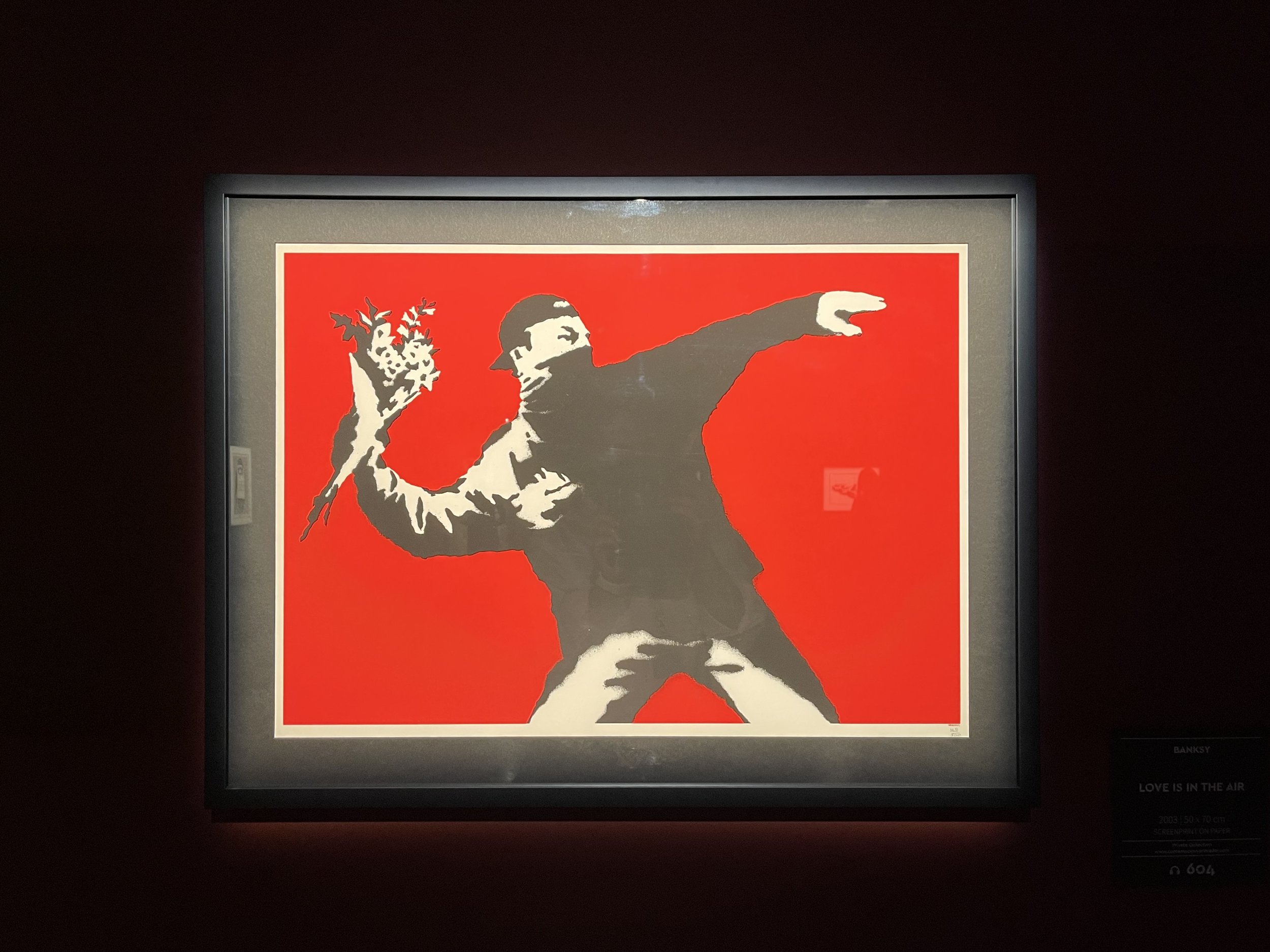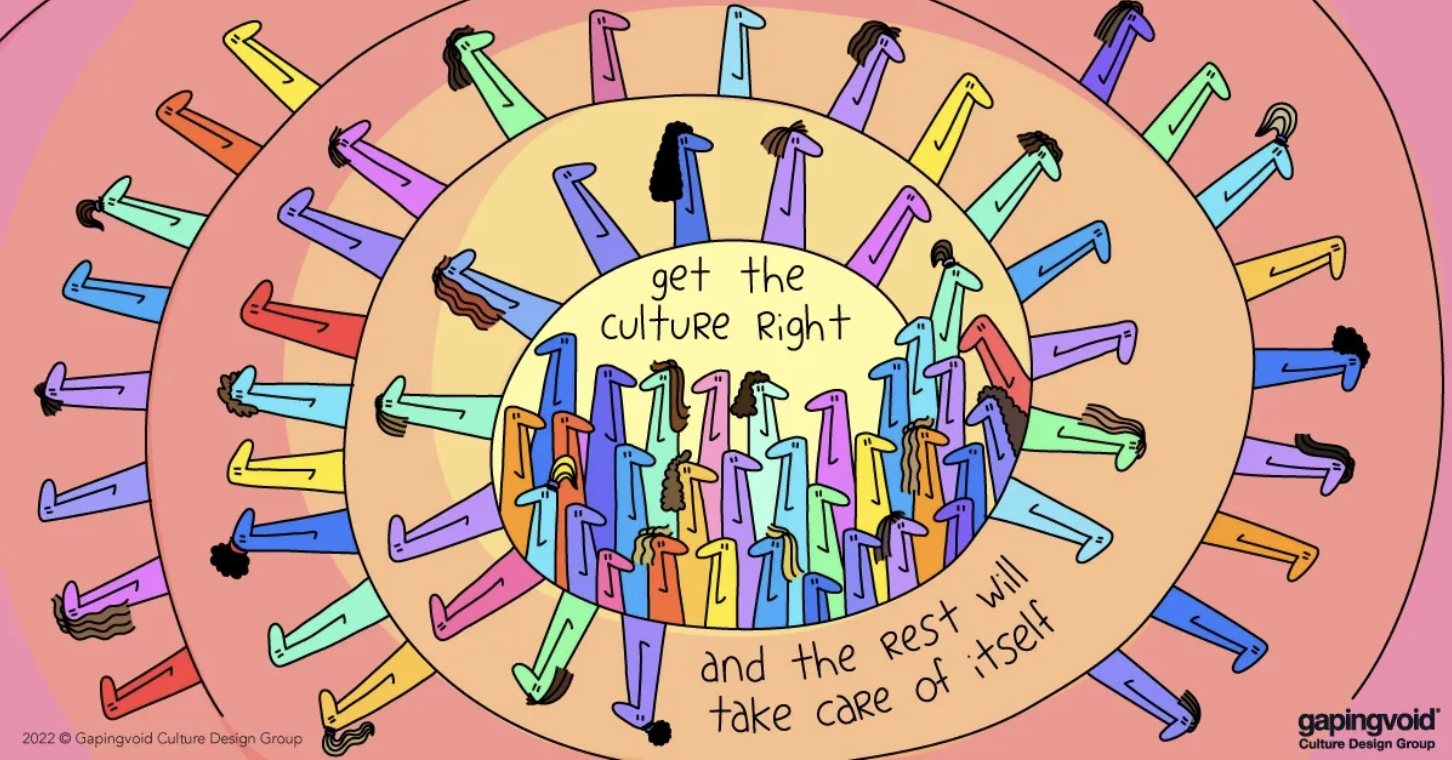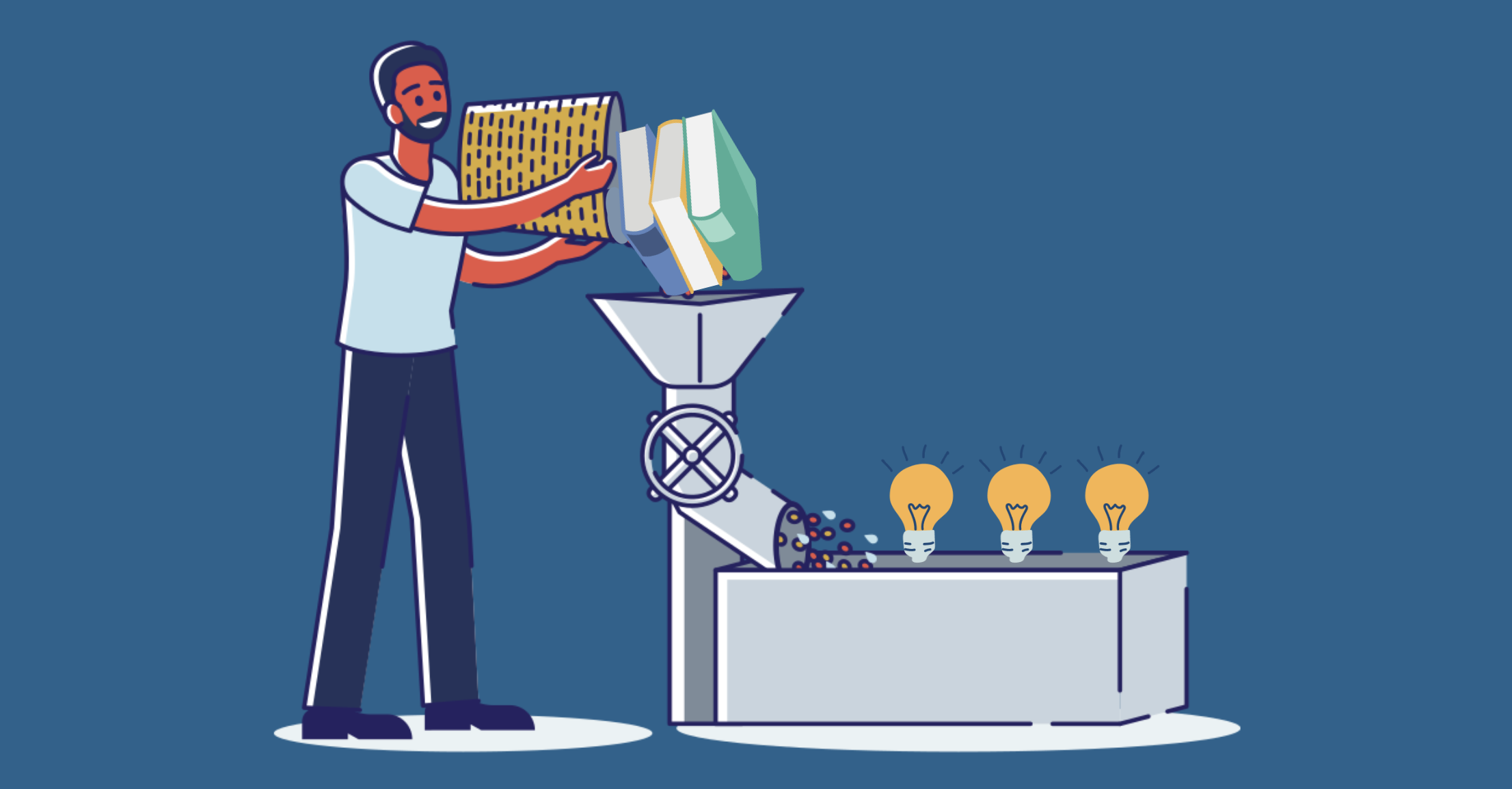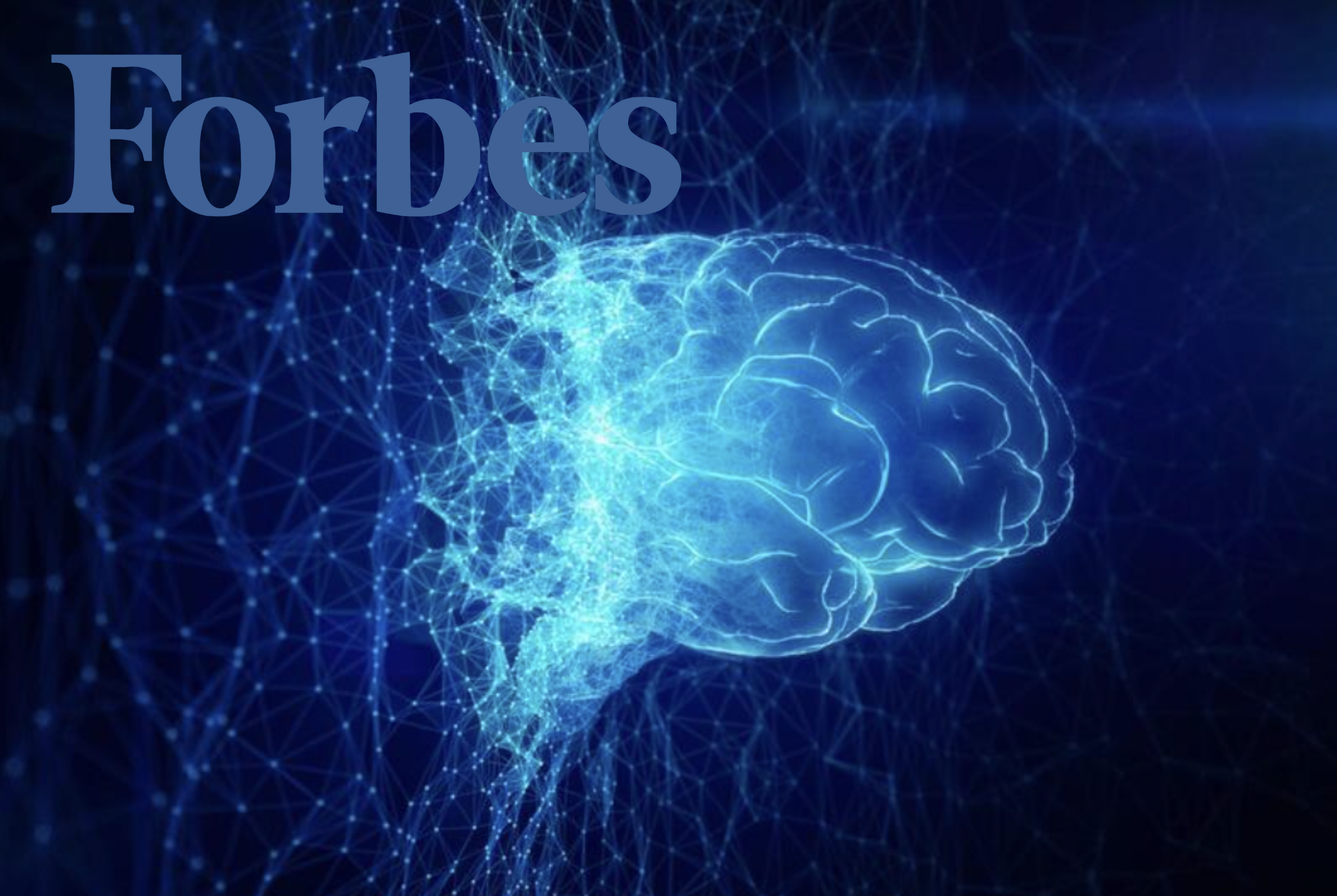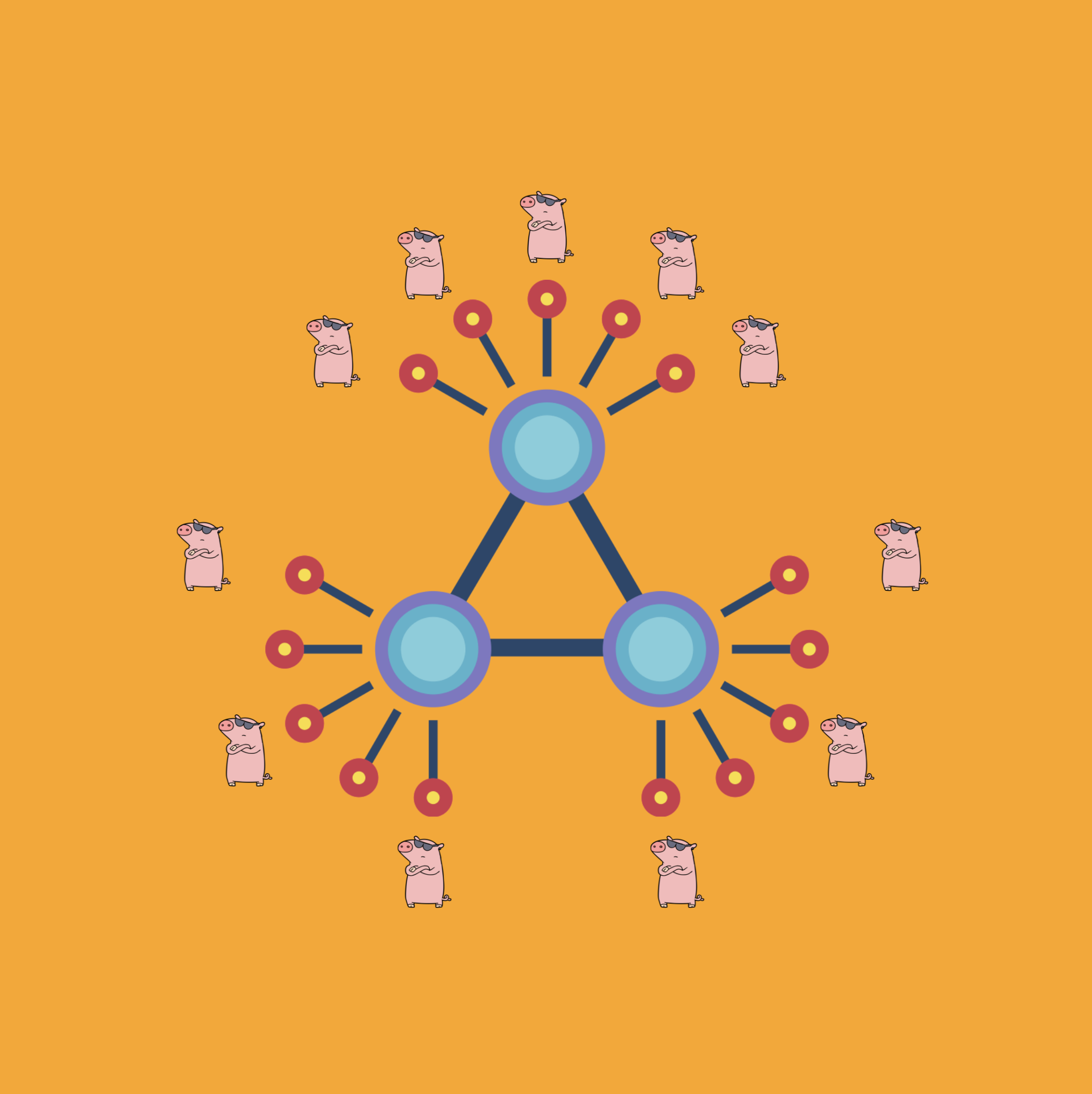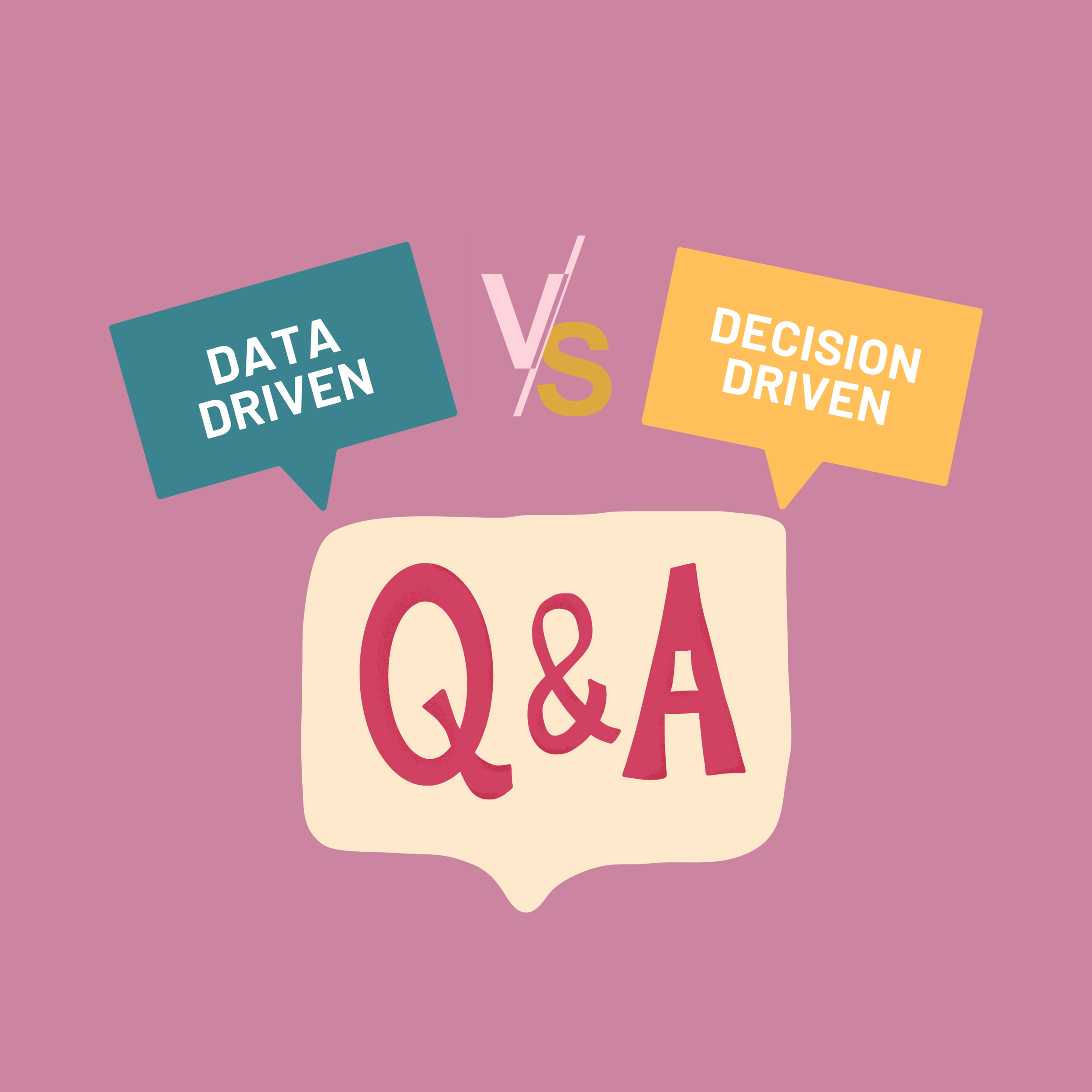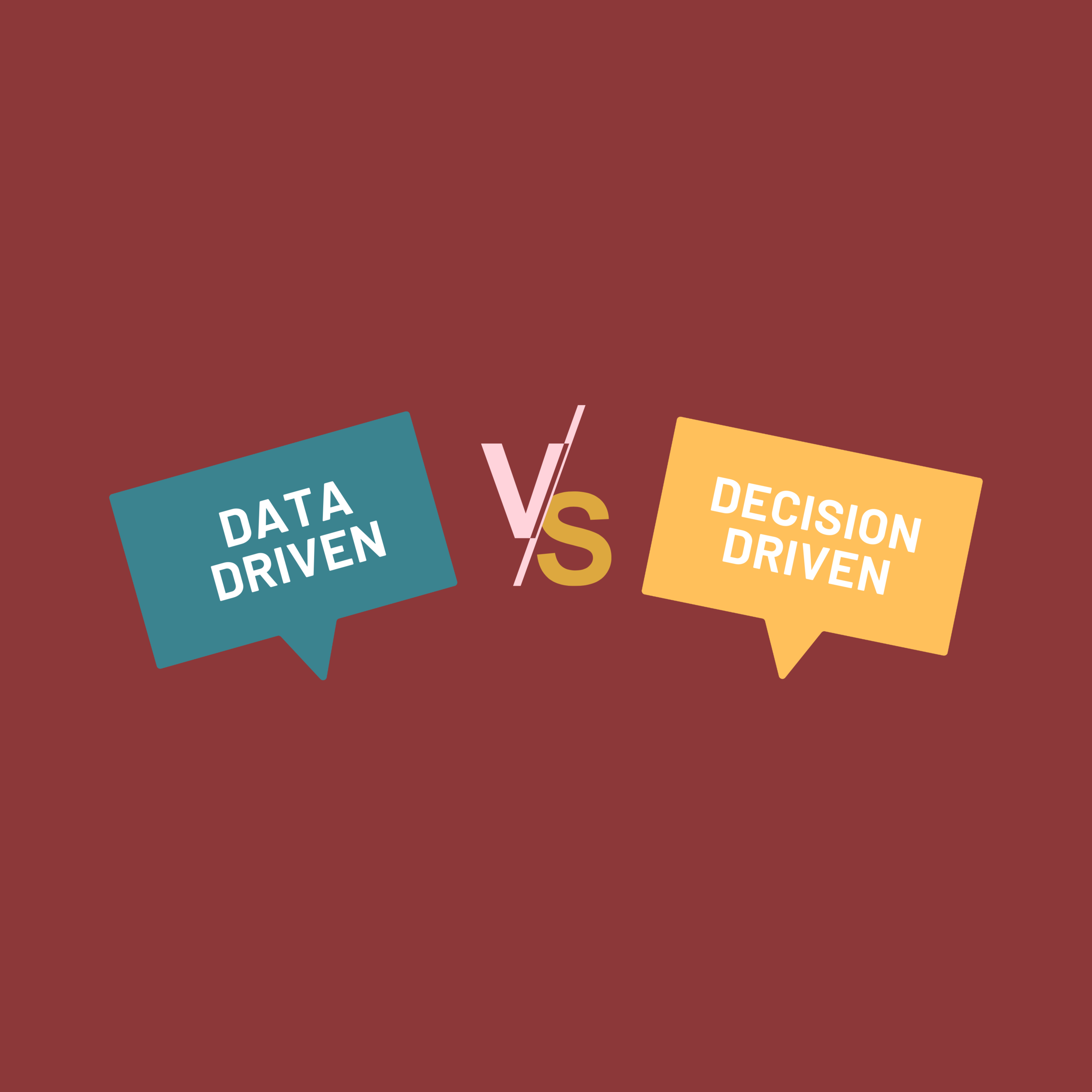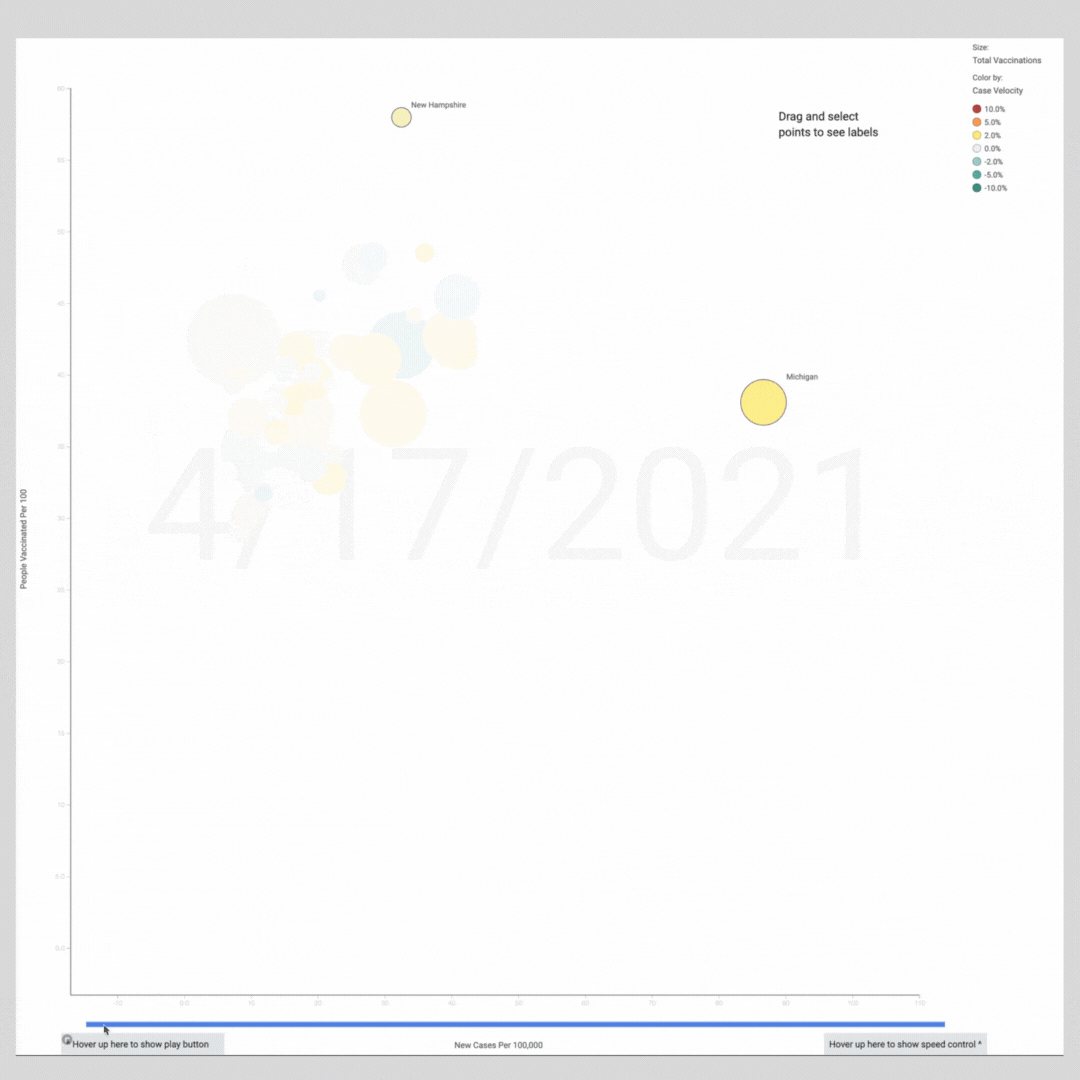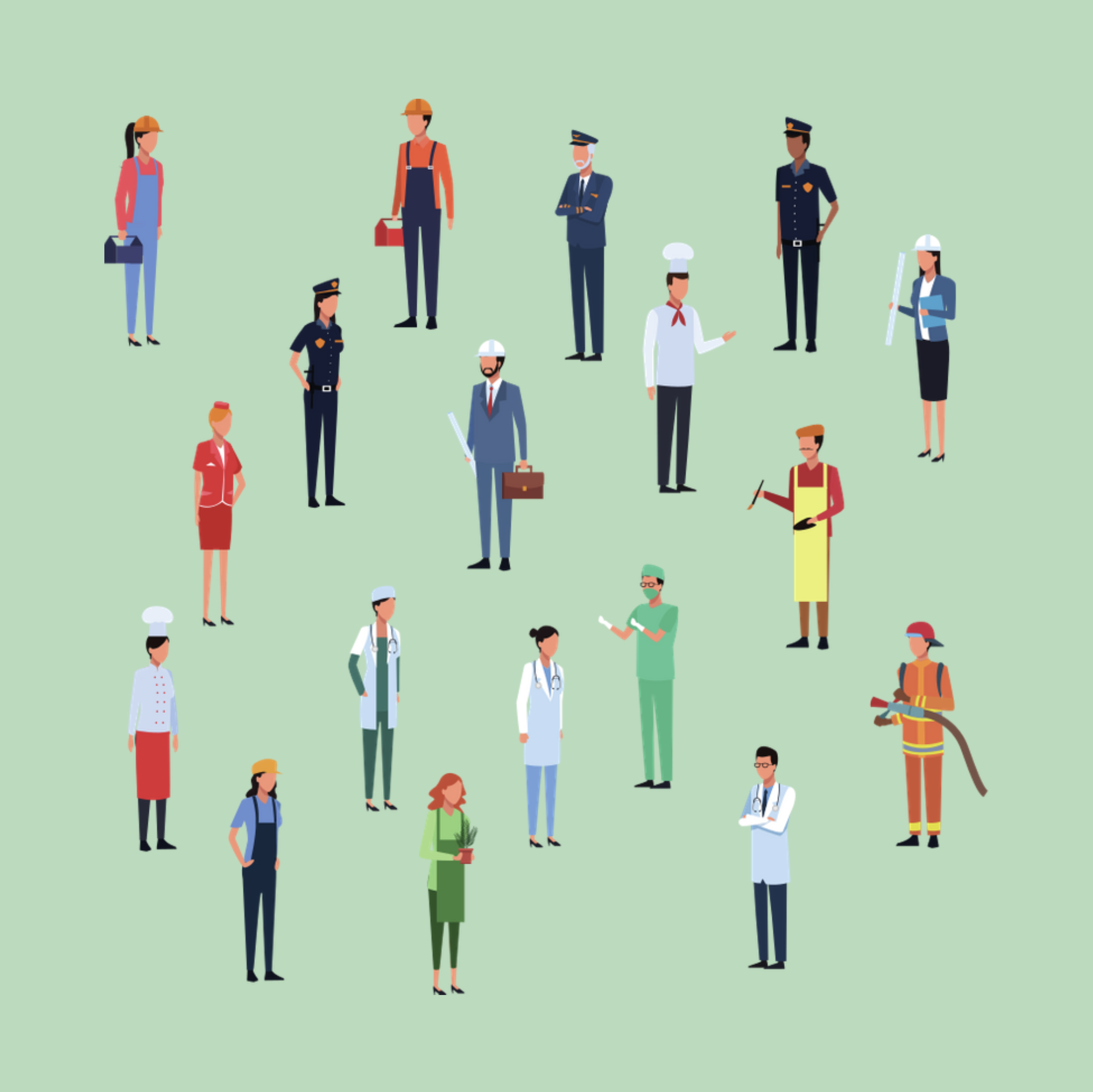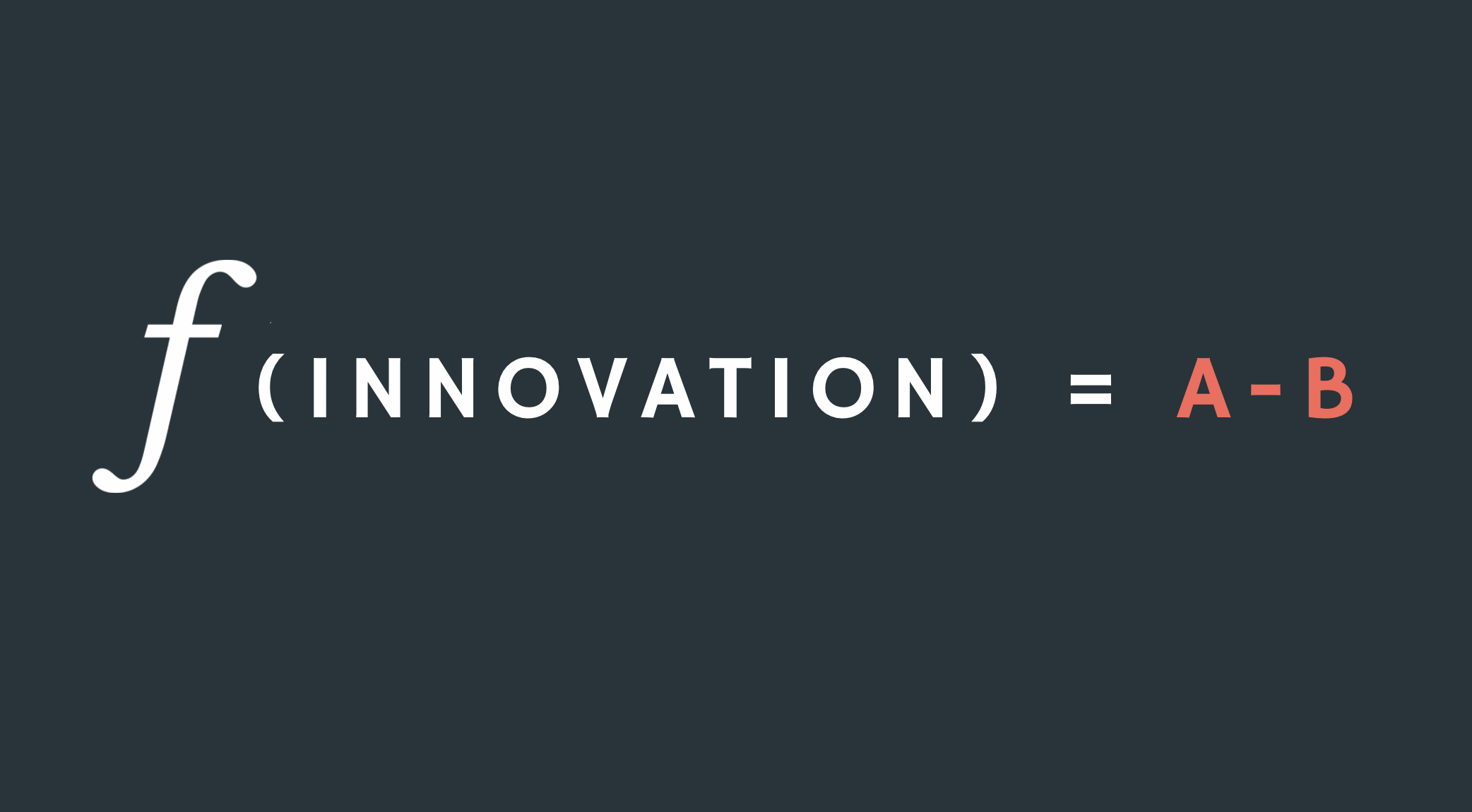Banksy on Artificial Intelligence
An interpretation of Banksy’s art on artificial intelligence, automation and tech.
Street/graffiti artist Banksy has been maligned, revered, painted-over, copied, destroyed, shredded, and sold at auction for as much as $20M.
When Genius or Vandal: The Unauthorized Exhibition of Artworks by Banksy showed up in New York with over 100 original Banksy works from a private collection, my wife and I signed up. We spent an afternoon wandering through the exhibit.
I think a lot about the impact of technology on the human condition. Banksy’s images stir feelings of hope, rage, and opportunity. Here are a few.
Protest ignorance with data
“Love is in the Air” (Flower Thrower) puts flowers, not a Molotov cocktail, in the cocked arm of a protester. Banksy seems to advocate peaceful yet vigorous protest.
Love is in the Air. Mark Palmer at “GENIUS OR VANDAL?" Unauthorised Exhibition of artworks by BANKSY. Exhibition website.
What would you put in this protester’s hands? Internet memes have replaced his flowers with a football, “Art for Dummies” book, and the volleyball from the movie Castaway.
How about data?
James Richardson from Gartner says 90% of decisions are made on gut feel. This is ignorance and opportunity at play at the same time. Honest and skillful storytelling can break through ignorance. which Richardson encourages in his excellent presentation, Impactful Storytelling: Become a Powerful Data Storyteller.
James invokes Kurt Vonnegut from 1995, who said, “There is no reason why the simple shapes of stories can’t be fed into computers. They are beautiful shapes.”
Banksy, Richardson, and Vonnegut are right: stories, beautifully told with data, can trump ignorance. It’s incumbent on all of us to learn to be better storytellers, especially with data. Then hurl those stories with vigor, like Banky’s Flower Thrower.
Kurt Vonnegut’s “On the Shape of Stories” on YouTube in 1995.
Data Is a Force to Lift Humanity
Banksy placed “Girl and Balloons,” among hate-filled graffiti to show hope help a child rise above conflict.
Can data be a Banksy balloon?
Yes. A recent Food Nutrition Datathon by She Loves Data is one example. 70 women from all over the world explored nutrition data and shared personal findings, supported by #TIBCO4GOOD programs to help train, mentor, and support women pursuing data and analytics.
It’s easy and rewarding to get involved. Here are my current favorites: Data Science for All by Correlation One (I’m a mentor in the program), Missing Maps (to fill in map gaps to assist aid work), the Singapore National University Healthcare datathon for health research, and the Shell datathon for sustainable energy research.
These programs break down barriers and lift us up.
Like Banksy Balloons.
Explore Data Until You Surprise Yourself. Techno-Sapien.com, sponsored by She Loves Data and MSD.
Laugh Now, But the AI Monkey Is Coming! Or Is He?
Laugh Now seems to ask: who’s in charge? And who will be in charge tomorrow?
Humans?
AI?
Creepy monkeys with melting legs?
"Laugh Now." Lazeemporium
Coded Bias. The Great Hack. The Social Dilemma. These films shine a light on AI and its impact on inequality, big brother-ism, and digital security. Yet while many lament the implications of AI, it’s here to stay.
The harder, more daunting question is: what do we DO about it? Last month we* filed a patent about algorithmic bias screening, the first of its kind we know of.
Laugh Now about AI. Mark Palmer at “GENIUS OR VANDAL?" Unauthorised Exhibition of artworks by BANKSY
Laugh Now by Banksy at Bohham’s First Urban Art Auction in 2008. Time Magazine / Getty Images
7 Steps to Reduce Bias in Algorithms steps back from tech to explore 7 moves that can improve AI oversight, reduce bias, and increase AI manageability, including:
Demand human agency and oversight of AI
Measure and manage algorithmic robustness and safety
Govern AI models with respect to privacy and data
Continuously analyze algorithmic metadata
Expose AI bias to Decision Observer teams
Consider AI's impact on society and the environment
Hold corporations accountable for AI
These principles aim to put humans in charge to ensure AI is operationalized for good.
Surveillance is Evil. Or is It?
Big brother-ism and surveillance are recurring Banksy themes.
Central London. Nov. 25, 2008. Toby Melville, Reuters
His message seems clear: surveillance is evil. I find it overly one-sided.
In my job, I see examples of “surveillance,” otherwise knows as monitoring, real-time analytics and continuous intelligence, transforming businesses every day for the greater good.
For example, three years ago, archaic infrastructure led to horrible tragedy, the collapse of the Genoa Morandi Bridge, killing 43. But while politics and bitterness raged on, quietly, a technological transformation began…
Autostrade per L’italia, the organization responsible for 2,800 kilometers of motorways and 4,200 bridges and tunnels in Italy, sprung to action. They brought in new leadership with leading-edge technology experience. They rebuilt the bridge with built-in sensors to improve their ability to monitor their new, tech-infused infrastructure.
CIO Francesco Del Grego joined me at TIBCO’s user conference to share their story. In three years, ASPI turned a disaster into a rebirth.
The new Genoa bridge is a design and technology marvel. It glows with Italian flair (photographer: Toby Melville). Inside, ASPI’s technology grinds away at 3.4 terabytes of data to improve the travel experience in Italy while ensuring tragedy doesn’t strike again.
Is surveillance good? In this case, absolutely!
And ASPI is just one example. Singapore’s Endeavor AI augments frontline healthcare workers with AI to help them make better data-informed decisions. Biopharmaceutical company Gilead improves drug safety with continuous analytics. The Rome Airport Nervous System monitors for congestion, security violations, and operational issues that could cause delays to make travel safe and secure.
Sure, surveillance could be used to evil.
But mostly, it’s used for good.
All Sides of Technology
“Steve Jobs” is known as a commentary on immigration. Juxtaposing the view that migration is a drain on a nation’s resources with Jobs, the son of a Syrian migrant. Jobs’ birth parents emigrated to the United States after World World II, from Syria. Jobs had an immeasurable impact on society; a stark contrast to the setting Banksy paints of Jobs.
“GENIUS OR VANDAL?" Unauthorised Exhibition of artworks by BANKSY
Balaji Srinivasan suggests that the Purpose of Technology is to lift people up, cure the deaf, restore sight, and extend life itself. Is technology a great global equalizer or divider? Is tech evil, good, or ambivalent? Will AI take the wheel or will we? Art helps each of us to ask and answer questions in our own way.
Technology, AI, and automation pose the most important challenges and opportunities of the day, and, if play it right, tech can help create a better tomorrow.
Resources: About Banksy
Check out this post, and an accompanying video, here on LinkedIn.
James Richardson from Gartner on Impactful Storytelling: Become a Powerful Data Storyteller.
Visit GENIUS OR VANDAL?" Unauthorised Exhibition of artworks by BANKSY exhibition site
Social Good Programs with Data
You Are What You Eat Datathon sponsored by MSD, led by director Eric Gifford
#TIBCO4GOOD programs
Data Science for All by Correlation One data science training and mentorship program for underrepresented groups (I’m a mentor in the program)
Missing Maps to fill in map gaps to assist aid work
The Singapore National University Healthcare datathon for health research
Algorithmic Bias and Mitigation
On ModelOps technologies to manage AI/ML Models
5 Things You Must Know Now About the Coming EU AI Regulation
Case Studies in Surveillance and AI for Good
Genoa Bridge Collapse: The Road to Tragedy, New York Times. Image by photographer Toby Melville
Autostrade per L’italia real-time public roadway monitoring system
Singapore National University Healthcare System (NUHS) Endeavor AI augments frontline healthcare workers with AI to help them make better data-informed decisions.
Biopharmaceutical company Gilead improves drug safety with continuous analytics.
The Rome Airport Nervous System monitors for congestion, security violations, and operational issues that could cause delays to make travel safe and secure.
The purpose of Technology featuring Balaji Srinivasan

